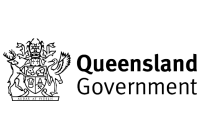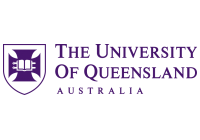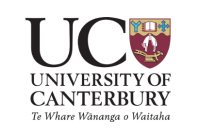The Australian Research Council (ARC) Industrial Transformation Research Hub to Transform Future Tall Timber Buildings (ARC Future Timber Hub) is now completed (2016 to 2021). To view the successor (2022 -) please go to the ARC Research Hub to Advance Timber for Australia’s Future Built Environment (ARC Advance Timber Hub) - www.advance-timber-hub.org.
The ARC Future Timber Hub is an Industrial Transformation Research Hub to Transform Future Tall Timber Buildings. It is funded by the Australian Research Council and is Australia's leading timber research collaboration bringing together experts from industry, government, and academia who are committed to the future development of tall timber buildings in the Pacific region.
The aim of the Hub is to transform the timber construction industry in Australia by generating the skills, knowledge and resources that will overcome current technological and social barriers limiting the application of timber to tall structures.
The Hub was founded as an interdisciplinary partnership between: The University of Queensland, the Queensland State Government Department of Agriculture and Fisheries, Arup, Hyne Timber, Lendlease, the Queensland Fire and Emergency Services (QFES), Scion NZ, Griffith University, the University of British Columbia and the University of Canterbury.
A key challenge in advancing timber-based construction in tall buildings is the need for an integrated approach in manufacturing, design, and construction. To ensure the Hub can meet this challenge, the interdisciplinary team includes product manufacturers, construction managers, fire safety engineers, architects, and structural engineers. This team will advance tall timber construction at multiple levels, with projects including development of Engineered Wood Products (EWPs) appropriate for the Australian context; development of hybrid (e.g. concrete-timber) construction systems; development of prefabricated EWP construction systems; and holistic assessment of EWPs. A second key challenge is the need to address environmental and fire safety considerations in timber construction, which are often more critical than structural and construction considerations. The Hub leverages additional resources and partnerships to tackle these issues.
EWPs provide one of the best potential means of improving the impact of the construction sector on the natural environment and reducing resource consumption. EWP benefits go beyond those of most renewable building materials due to their extremely high net negative carbon footprint. This comes from multiple beneficial factors including the high EWP carbon dioxide sequestration capability, the naturally-insulative properties of timber, the use of sustainably managed plantation in production of EWPs, and the use of prefabricated construction technologies to minimise waste and enhance building quality and performance.
Current fire safety regulations impose severe restrictions on the use of timber, driven by the fear of massive conflagrations and fire induced progressive collapse. Timber structural elements are required to be covered by non-combustible materials, increasing the construction cost and embodied energy while also restricting the aesthetic exposure of timber surfaces. Despite the occurrence of significant research advancements and discussion, consensus has not yet emerged on how to properly address the inherent combustibility of timber and its structural performance during and after fire. UQ’s Fire Safety Engineering group are leading this discussion in Australia towards establishing clear guidelines for timber-based construction and achieving true optimization of tall timber buildings.
ARC Future Timber Hub Film
This film showcases the ARC Future Timber Hub and the main challenges faced by the growing timber industry.
Social Media
Please join: Future Timber Hub LinkedIn Group











